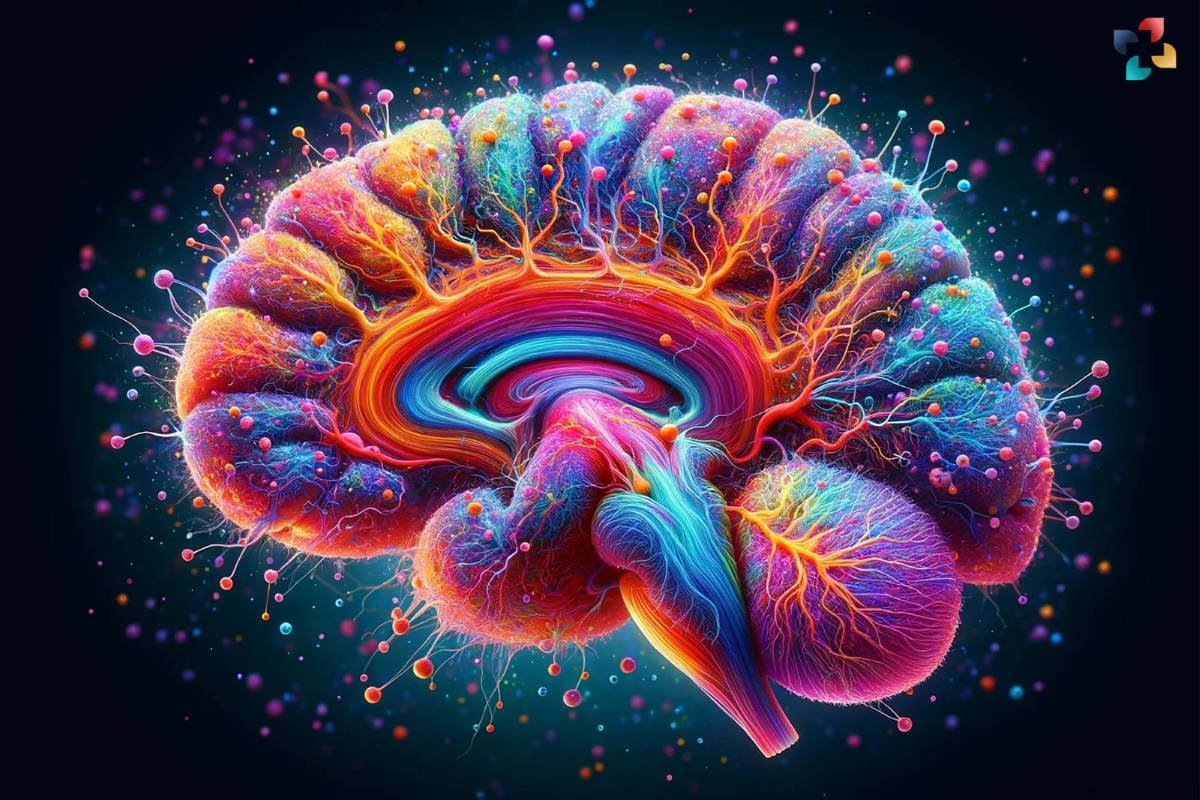Source-SciTechDaily
An international team of researchers has produced the first-ever full cell atlas of an entire mammalian brain. This atlas functions as a map of the mouse brain, detailing the characteristics, distribution, and molecular makeup of over 32 million cells as well as the connections among them. Since the mouse is the most often used vertebrate experimental model in neuroscience research, a better knowledge of the human brain—possibly the most powerful computer in the world—is made possible by this cellular map. Additionally, the cell atlas sets the stage for the creation of a fresh batch of targeted medications for patients suffering from neurological and mental illnesses of the brain.
“The mouse atlas has provided researchers with the unprecedented clarity to comprehend the complex network of mammalian brain cells and the diseases that affect human brain function,” stated Joshua A. Gordon, M.D., Ph.D., the director of the National Institute of Mental Health, a division of the National Institutes of Health.
The types of cells and how they are arranged inside the various mouse brain areas are described in the cell atlas.
Together with this structural data, the cell atlas offers an exceptionally comprehensive catalogue of the transcriptome, or the entire collection of gene readouts in a cell that carry the instructions needed to produce proteins and other biological products.
The transcriptome data in the atlas is arranged in a hierarchical manner and describes thousands of distinct cell clusters as well as classes and subclasses of brain cells.
The atlas also describes the cell epigenome, which are chemical alterations to a cell’s chromosomes and DNA that change how the cell expresses its genetic information. It includes information on millions of potential genetic regulation elements and thousands of epigenomic cell types for various mammalian brain cell types.
Scientists unveil complete cell map of a whole mammalian brain
Combined, the structural, transcriptome, and epigenetic data in this atlas offer a never-before-seen depiction of the diversity and organisation of cells in the mouse brain.
The atlas also lists the neurotransmitters and neuropeptides that are utilised by various cell types as well as the connections between them in the brain.
This data can serve as a comprehensive schematic for the initiation and transmission of chemical signals in various brain regions.
The functioning of brain circuits and the brain as a whole are based on those electrical signals.
John Ngai, Ph.D., Director of the NIH BRAIN Initiative, remarked, “This product is a testament to the power of this unprecedented, cross-cutting collaboration and paves our path for more precision brain treatments.””
Ten studies are included in this collection; two are financed by the broader NIH BRAIN Initiative, and seven are funded through the NIH BRAIN Initiative Cell Census Network (BICCN).
In order to better understand how brain disorders arise, progress, and are best treated, the BICCN, a ground-breaking, cross-collaborative effort to understand the brain’s cellular makeup, is working to develop a comprehensive inventory of the brain’s cells, including their location, characteristics of development, mechanisms of interaction, and mechanisms of activity regulation.
“By leveraging the unique nature of its multi-disciplinary and international collaboration, the BICCN was able to accomplish what no other team of scientists has been able to before,” stated Dr. Ngai.
“Now we are ready to take the next big step — completing the cell maps of the human brain and the nonhuman primate brain.”
The next phase of the NIH BRAIN Initiative’s endeavour to comprehend the cell and cellular processes of the mammalian brain is the BRAIN Initiative Cell Atlas Network (BICAN). Together with two other large-scale projects, the Armamentarium for Precision Brain Cell Access and the BRAIN Initiative Connectivity Across Scales, BICAN is a transformative project that aims to revolutionise neuroscience research by shedding light on fundamental principles governing the circuit basis of behaviour and guiding new approaches to treating brain disorders in humans.







